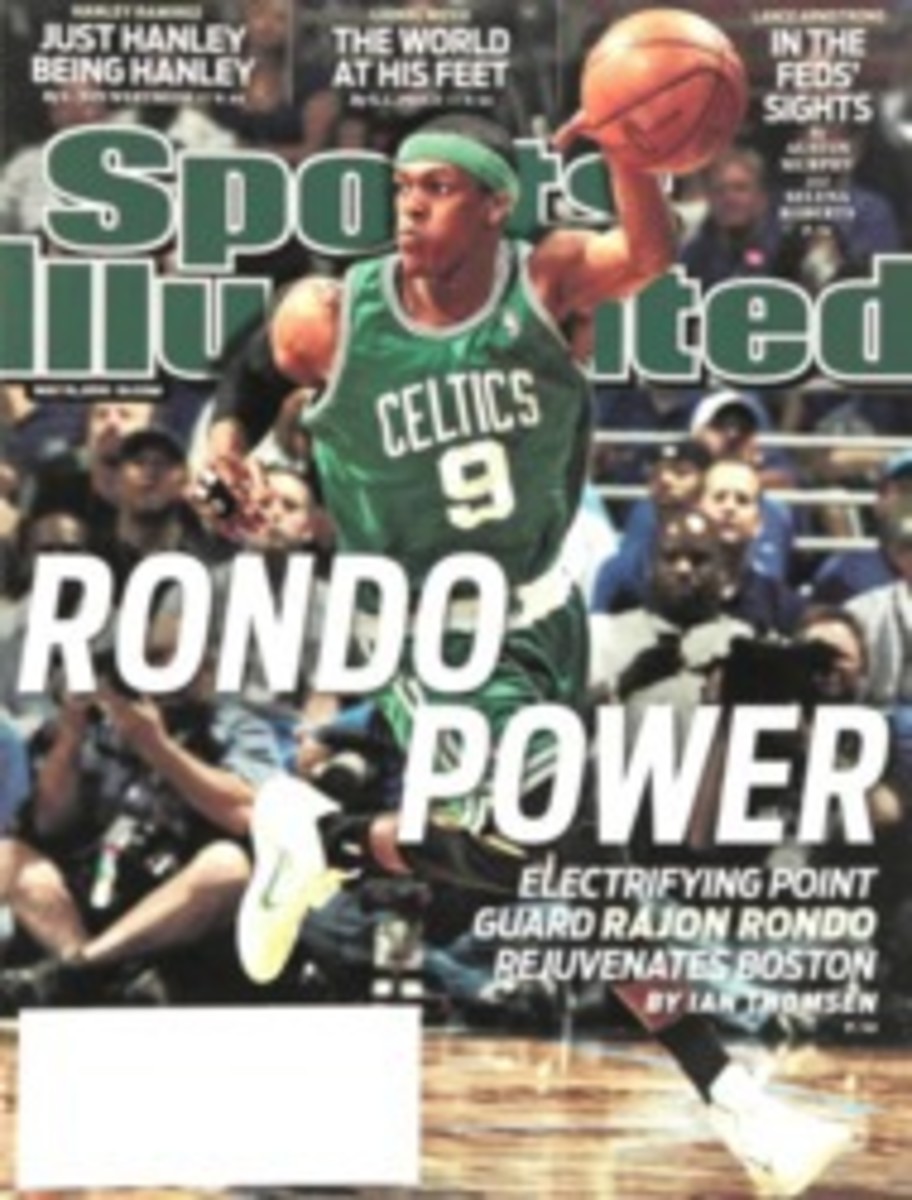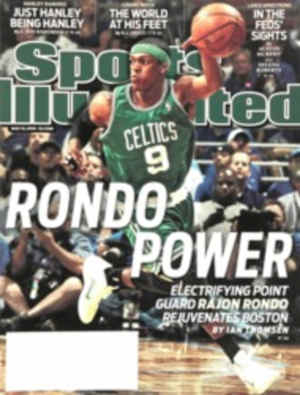
Turning Off Tobacco Road
I was living behind a Bob Evans across the highway from the Daytona International Speedway in February 1992, a fresh-out-of-school NASCAR writer for The Orlando Sentinel, when I received an assignment that prompted the same flop sweat a snake charmer experiences on the first day of work. "Why don't you sit down with Dale Earnhardt?" the editor asked. I would have rather gnawed my arm off, but being a young suck-up with college debt, I said, "Great idea."
How could I approach the Intimidator? His gunslinger's mustache looked extra Wyatt Earp at Daytona 500 time. He despised talking about the race he hadn't won in 13 tries. He loathed one-on-ones. He was as stubborn as a grease stain. So I tried to size up the storm cloud, spotting Earnhardt near his black trailer, a few yards from where his rivals' candy-colored stock cars rumbled in garage bays. I jumped in: "Got a few minutes, Dale?" In an act of God—or maybe because he hadn't heard me clearly—Earnhardt waved me into his trailer, a riot of chrome and mirrors. "O.K., shoot," he said.
For the next 45 minutes the hard-ass went soft. He talked about his first date, first car and first sip of beer, at age 14. "My dad never drank much," he said. "He had a six-pack in the shop, and it would last for months. There was this Miller beer at the bottom of the refrigerator." One day Dale and his brother unscrewed the cap, took a swig each . . . and hated it. They filled the bottle with water and "put the cap back on good, squeezed it tight with pliers" and placed it in the exact same spot. A week later Dale ambled into the shop. His daddy met him with a stare and one question: "How much water did you put in that beer?" While he told his tales, Earnhardt pulled out a tin of Bumble Bee tuna. The millionaire ate it straight from the can with a plastic fork.
As the stock car family came together on Sunday in Charlotte to welcome Earnhardt and four others as inaugural inductees into the $195 million Taj-styled NASCAR Hall of Fame, I could see why race junkies have abandoned the sport in recent years. NASCAR has gone from plastic forks to silver spoons. It's evident in the Hall itself, a corporate monument to excess. There's a high-octane theater with 278 seats planted in front of a 64-foot projection screen and a Glory Road exhibit in which 18 classic stock cars are affixed to a banked track. In all, it's a spectacular glass-encased paradox.
While leaving the everyman in the rearview mirror, the Hall celebrates the bootstrap icons who created a sport out of blue-collar sensibilities, bootleg earnings and risk-takers' guile. Inductee Bill France Sr. was described in a video montage as the visionary who founded NASCAR "on a set of tools and $25." Inductee Junior Johnson was fondly remembered for outracing cops as a whiskey runner. Inductee Richard Petty was lauded for being such an icon that a new generation, as his son Kyle noted, knows him as Mr. The King from the movie Cars. And as the last inductee of the evening, the late Earnhardt himself was feted as the John Wayne of drivers. Dale Jr. detailed his first race against his father. He had made a mistake, crossed the nose of Senior's car, and his daddy, as Junior told the audience, "carried me all the way down the front straightaway with my back tires in the air the whole way into [Turn] 1. That was the day I met the Intimidator."
The crowd broke into laughter—and a few folks wiped away tears—in what was a moving tribute to the past. But now? Tobacco Road has an off-ramp to New York City, where Jimmie Johnson recently purchased a three-bedroom condo as a pied-√†-terre for $8.3 million. He can borrow a cup of sugar from his West Village neighbors: Marc Jacobs, the fashion designer; Mark Shuttleworth, the Internet tycoon who paid $20 million to hitch a ride to the International Space Station; and Hilary Swank, the actress. Swank, indeed. To step into Jeff Gordon's luxury bus not long ago, I had to take off my shoes. What sweat-stained, good ol' boy has white carpet in his bus?
It's not NASCAR Nation anymore, but Alienation. There are swaths of metal bleachers reflecting the hard truth: Attendance has been down at nine of the first 10 races this year after an off 2009. Corporate seats sit vacant. NASCAR officials like to blame the drop-off on the Great Recession, but the first hints of a swoon began during the housing bubble of 2006. In reality, it's the Great Secession. NASCAR, in expanding, has withdrawn from its Southern union of fans—no more Rockingham, a casualty of the decision to go West for the money—giving officials room to claim that they are a victim of their own success.
The truth is they've slashed their own tires with poor decisions: the homogenizing Car of Tomorrow, the overmarketing of Little E before he won like Big E, the Boy Scout handbook of rules for drivers that drain all the fun from racin'. "Just not much emotion out there," said fan Wayne Summer, standing outside the Hall. "I'm not obsessed like I was." But short of putting Sarah Palin in a fire suit, what can NASCAR do to woo disaffected fans?
The best part of the Hall of Fame ceremony—held in the Charlotte Convention Center with a colorful but simple stage—was the genuine feel of it. The emotion was unscripted, no sponsors were mentioned, and tales were shared. People took the stage in business attire, but it felt as if they had plopped on a blanket for a family picnic. NASCAR needs to find more ways to square its roots with its wealth. If it can't, you can put a plastic fork in it.
Talk Back
If you want to comment on Point After or suggest a topic, send an e-mail to PointAfter@si.timeinc.com
As NASCAR's family came together to welcome the inaugural inductees into the Hall of Fame, I could see why race junkies have abandoned the sport.
PHOTO
JOHN BURGESS

